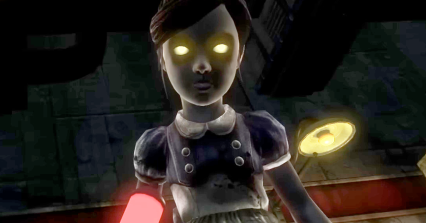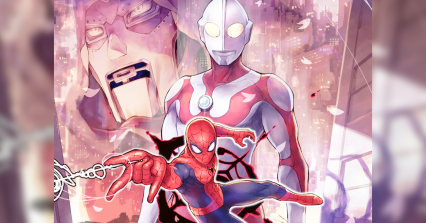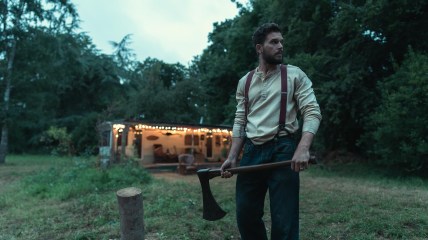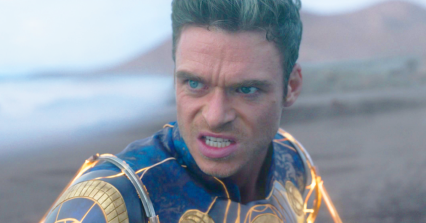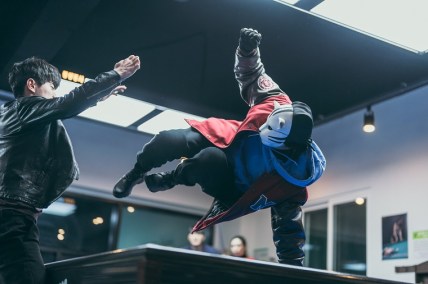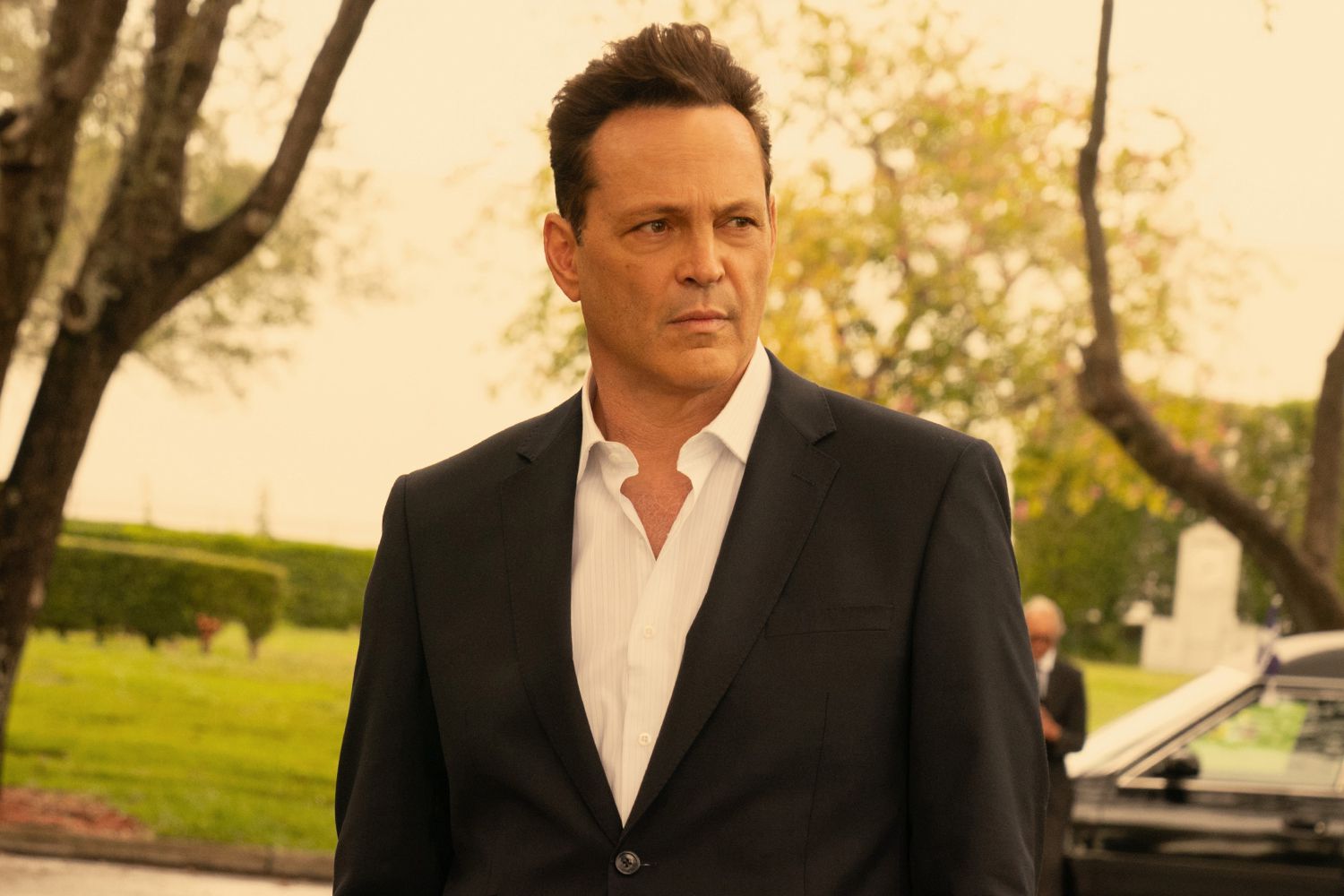10 Popular Movie Franchises That Wrote Themselves Into Oblivion

Scoring a hit movie franchise is a double-edged sword. On the one hand, the iconic success and fan adoration that comes with the fame is something to be proud of, while the profits benefit properly managed studios. On the other hand, there’s always the temptation to milk said franchise for all it’s worth, which can lead to big trouble when there’s no creative place left to go.
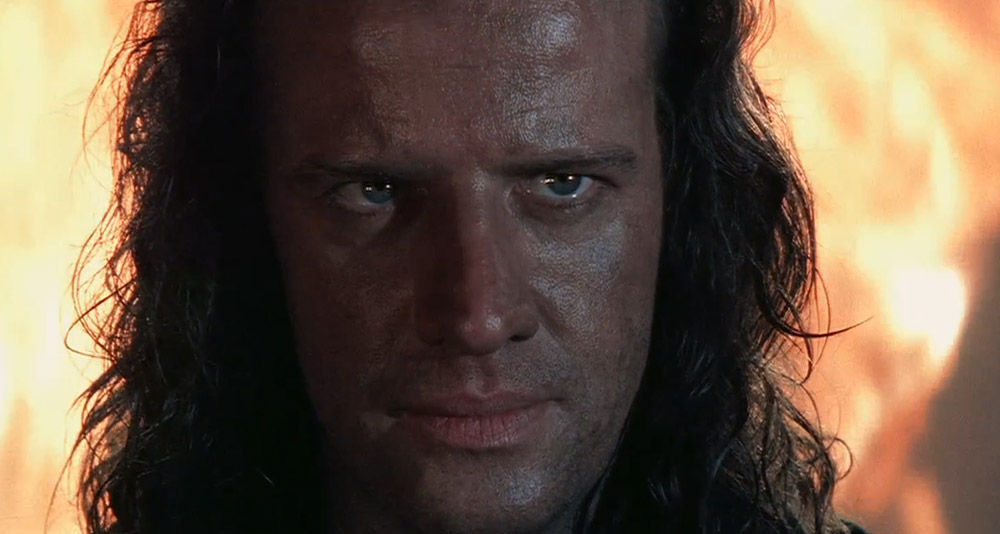
Connor MacLeod regains his youth in ‘Highlander II’ (1991), Davis/Panzer Productions
RELATED: 10 Action Movies With Sequels Better Than You Remember
Many hit movie franchises start out strong, only to trip all over themselves clumsily with each new sequel. Eventually, the end point of each franchise looked nothing like it did in the beginning, which alienates fans, and drives people away from the ticket booth. Worst of all, there should have been no excuse for the direction these franchises took, and the disaster that followed in the wake.
UNDERWORLD
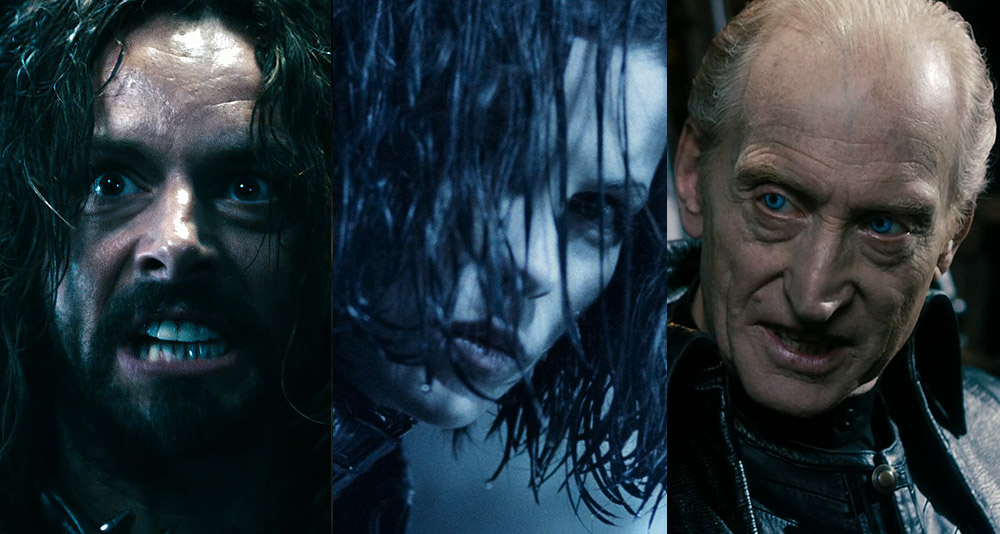
Lucian, Selene and Thomas from the ‘Underworld’ films, Sony Pictures
On the surface, the formula for Underworld was drop-dead cool. Vampires and werewolves battling it out in gothic fashion in the modern age, with sleek action movie clichés thrown in seemed like a great idea. And indeed, the first Underworld film, while not perfect, was mindlessly entertaining and enjoyable. Kate Beckinsale owned the role of Selene, a vampiric Death Dealer battling legions of lycan warriors, only to turn against her own kind when she falls in love with a man caught in the middle.
Unfortunately, Underworld quickly spiraled out of control, with problems creeping in during the very first sequel. The departure of director Len Wiseman triggered a wave of oddball creative decisions, including a prequel third chapter followed by two contradictory sequels which failed to shed any new light on the franchise’s mythos. Underworld’s last film Blood Wars debuted in 2017, and the poor story effectively sealed the series’ fate – at least for now.
THE TERMINATOR
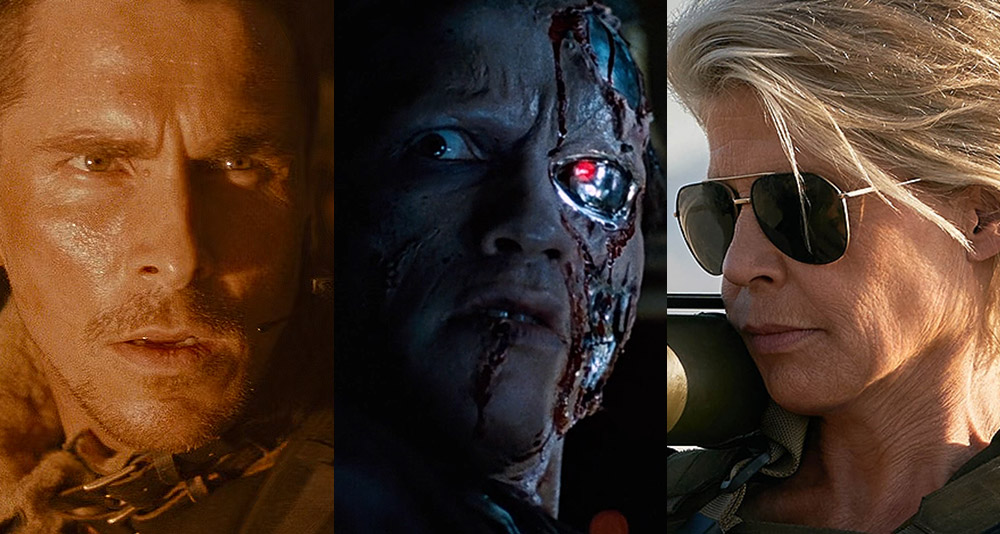
John Connor, The Terminator and Sarah Connor from the ‘Terminator’ films, StudioCanal
I’ve discussed the Terminator series in great length in the past, but it deserves mention here, as well. Back when James Cameron was a guerrilla filmmaker out to influence the industry with his own super-smart creative process, he crafted The Terminator, a true-blue cinematic icon. For the next decade, Cameron was on a roll with Aliens, the creatively bountiful (and woefully underappreciated) The Abyss, and finally, Terminator 2: Judgment Day.
Cameron would leave Terminator behind, relegating it to the hands of far less capable writers and filmmakers who decided to pull the franchise in a bunch of different directions. With each new sequel, the series felt less like Terminator, and more like Spaceballs. Attempts were constantly made to link back to the first two films, particularly with Genisys and Dark Fate, but in both instances, the directors in charge made a mockery of themselves. Dark Fate killed the entire franchise with a Phased Plasma Rifle in 40 watt range, and that was all she wrote.
TRANSFORMERS

Optimus Prime, Bumblebee and Megatron from the ‘Transformers’ film franchise, Paramount Pictures
Michael Bay is best-known for his mindless action movies comprised of rapid-fire editing, abrasive humor, and secondly explosions, which is why many were skeptical at the news that he’d be helming a live-action Transformers flick. The first film in the series dropped in 2007 to great fanfare, with Bay seemingly hitting all the right notes for longtime fans who grew up with the Transformers franchise.
Then came every sequel that followed, and they were all horrid. With each new installment, the story got more confusing, and contradictory. Timelines were out of whack, continuity errors were rife, and suddenly, nothing made sense. Every sequel introduced another faceless, superfluous bad guy, while denigrating Megatron to an occasional side character devoid of any real threat presence. By the time The Last Knight was received in 2017, it was all over, and not even the respectable Bumblebee film could save the series.
X-MEN
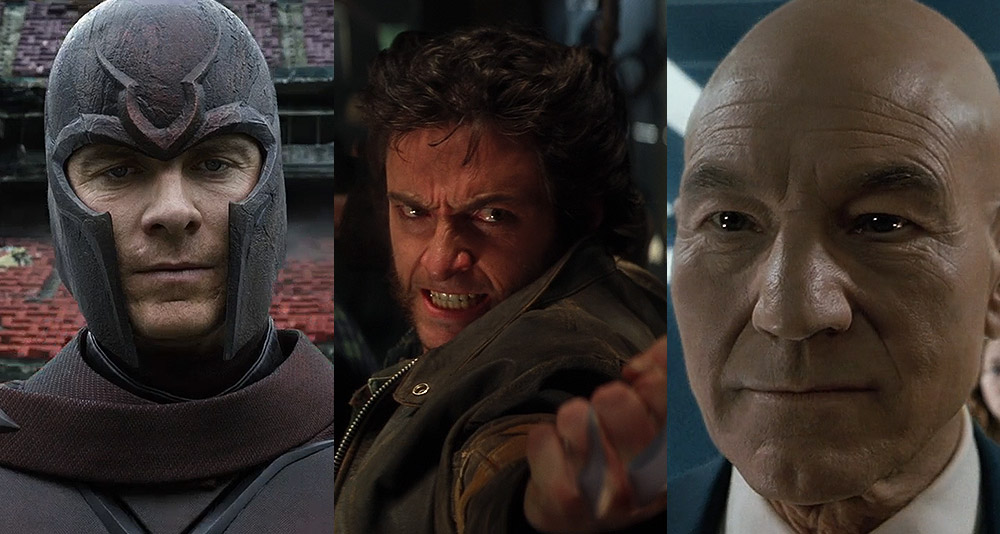
A collage of scenes from ‘X-Men,’ ‘X-Men: Days of Future Past’ and ‘X-Men 2,’ 20th Century Fox
No other franchise besides Highlander has become so convoluted and messy as the original X-Men film franchise. To this day, there are a myriad of plot holes so wide that every new writer and director simply refuses to address them. As such, X-Men has become the poster child for lazy writing and anachronistic nonsense. This is a huge shame, given the stellar quality of the first two installments.
The problems began with X-Men 3, which fed directly into the debacle that was X-Men Origins: Wolverine. The series got a great new lease on life with 2011’s First Class, followed by the monumental mega-hit Days of Future Past, but it didn’t take long for the story to fly off the rails once more. Apocalypse was a contradictory disaster that did not line up with any established timeline, and it was quickly followed up with Dark Phoenix, an unwatchable cinematic plague.
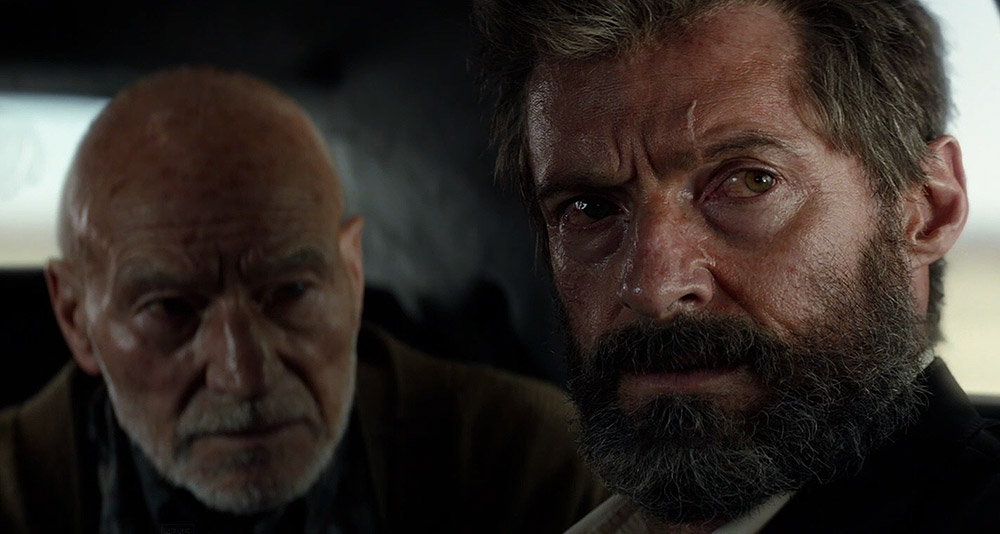
Charles Xavier and Wolverine in ‘Logan’ (2017), 20th Century Fox
Attempts were made to nail the coffin shut with 2017’s Logan, an R-Rated swansong that tried to tie up as many loose ends as possible, without addressing past problems. However, with news that actor Hugh Jackman will be reprising his role as Wolverine in the upcoming Deadpool 3, it appears as if this particular broken franchise will keep trucking along unabated, for as long as it has any steam left.
JURASSIC PARK
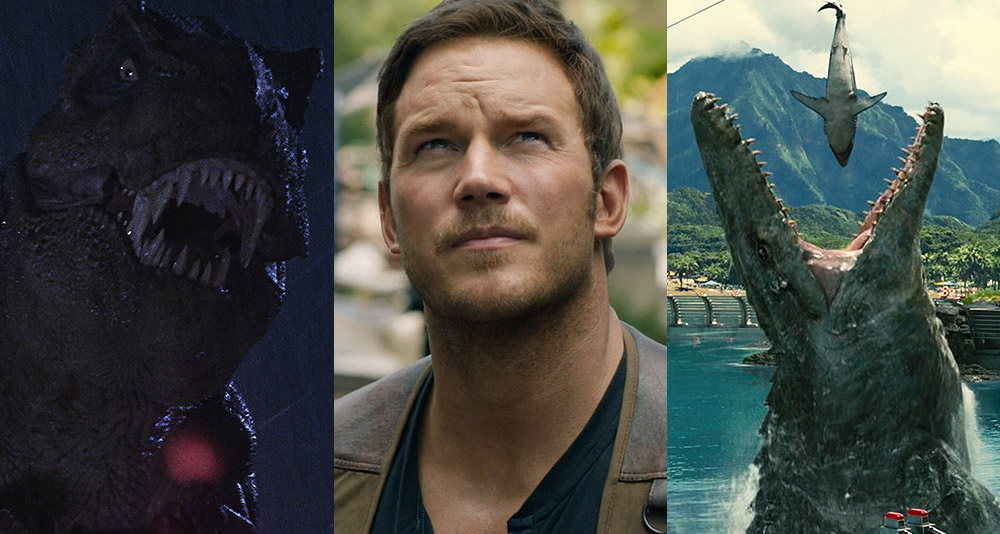
A collage of scenes from ‘Jurassic Park,’ ‘Jurassic World’ and ‘Jurassic World: Fallen Kingdom,’ Universal Pictures
Michael Crichton’s Jurassic Park novel was brilliantly adapted into the iconic 1993 Steven Spielberg film, and it became the gold standard for creature features moving forward. However, by the time the first sequel had dropped, it became clear that there was only so much material to work with. Jurassic Park III was forced to downscale the narrative in order to craft something resembling a remake of the original, but it landed with a critical thud.
The series went on hiatus for a long while, before resurrecting itself with with 2015’s Jurassic World, starring Chris Pratt. While a decent film in its own right, it failed to produce anything new that could tie in effectively to the previous installments. Jurassic World: Fallen Kingdom was a lackluster and drawn out bore that deviated too much from the original story, while 2022’s Dominion was nothing but a caricature which wasted its talent on a cruddy script that left any semblance of rationality on the boat.
THE MATRIX
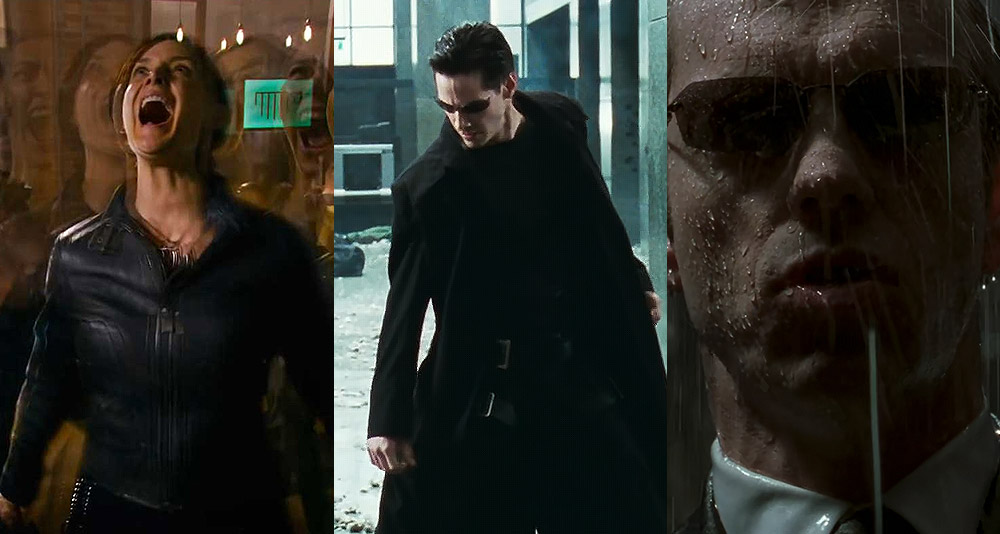
A collage of scenes from ‘The Matrix,’ ‘The Matrix Resurrections’ and ‘The Matrix Revolutions,’ Warner Bros.
The Matrix needs no introduction, exposition or explanation. It’s still one of the most brilliant sci-fi action movies ever created, blending smart storytelling with hyper-stylized Kung Fu and gunplay that changed the genre forever. The difficulty lay in trying to capitalize on that initial momentum throughout the next two chapters in the series, which seemingly wrapped the story up in a giant box of disappointment.
For years, Matrix fans soured on Revolutions debated the authenticity and quality of the entire trilogy as a whole, but the newly-trans’ed Wachowskis weren’t quite finished. 2022 saw the debut of The Matrix Resurrections, an unbelievably poor sequel that broke traditional franchise mythos, while failing to deliver an exciting narrative. The script was parodical on purpose, the story was flat-out boring, and Keanu Reeves’ character Neo was deconstructed to pave the way for a resurrected (somehow) Trinity – the actual hero of the story. It was all bunk, which is why Resurrections tanked at the box office, while permanently killing the franchise.
RESIDENT EVIL

A collage of scenes from ‘Resident Evil,’ ‘Resident Evil: Extinction’ and ‘Resident Evil: Afterlife,’ Sony Pictures
The original Resident Evil films are a guilty pleasure, and that was apparent from day one. Each new installment was more ludicrous than the last, which is why the series managed to hang on for as long as it did. However, even the greatest “so bad it’s good” film franchise isn’t immune to the possibility of completely losing its way amongst all the contradictions and continuity errors.
Milla Jovovich made it quite clear that her name was Alice, a former Umbrella turncoat seeking to take down the organization for its reckless and irresponsible research into genetic bioweapons technology. What started out as a spiritual nod to the original PlayStation video games soon flew off the rails into abject insanity. Sure, part of it was fun, but it came at the expense of incomplete storylines, disappearing characters, regurgitated action scenes, and implausible plot arcs. Resident Evil jumped the shark long before its final installment, which deserves some kudos for its tenacity, but it’s still a mess.
JAWS
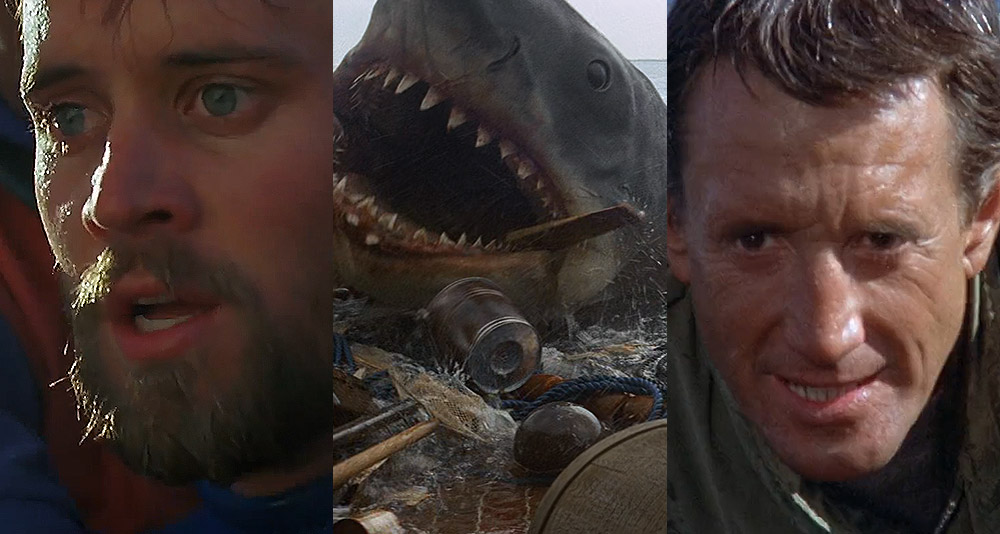
A collage of scenes from ‘Jaws,’ ‘Jaws 2’ and ‘Jaws: The Revenge,’ Universal Studios
Steven Spielberg helped set the table for George Lucas to create a banquet with Star Wars, and he did it with a little film called Jaws, based on the Peter Benchley novel of the same name. The premise was simple – a large great white shark wanders into the waters of a quaint little tourist town, triggering an all-you-can-eat buffet in the process. It was slick, smartly edited, full of terrifying scares and adrenaline-pumping adventure.
Not content to let the franchise rest, Universal Pictures kept greenlighting more films without Spielberg’s direct involvement. Jaws 2 was a semi-respectable follow-up to the original that helped expand the characters a bit, but that was as far as good will would go. Jaws 3-D effectively took place in an alternate universe, while The Revenge tried to circle back to the original Brody family unit, this time adding mysticism into the mix. It didn’t go over well, and Jaws was canned as a franchise immediately thereafter, leaving the door open for copycat franchises to pick up the ball.
STAR WARS
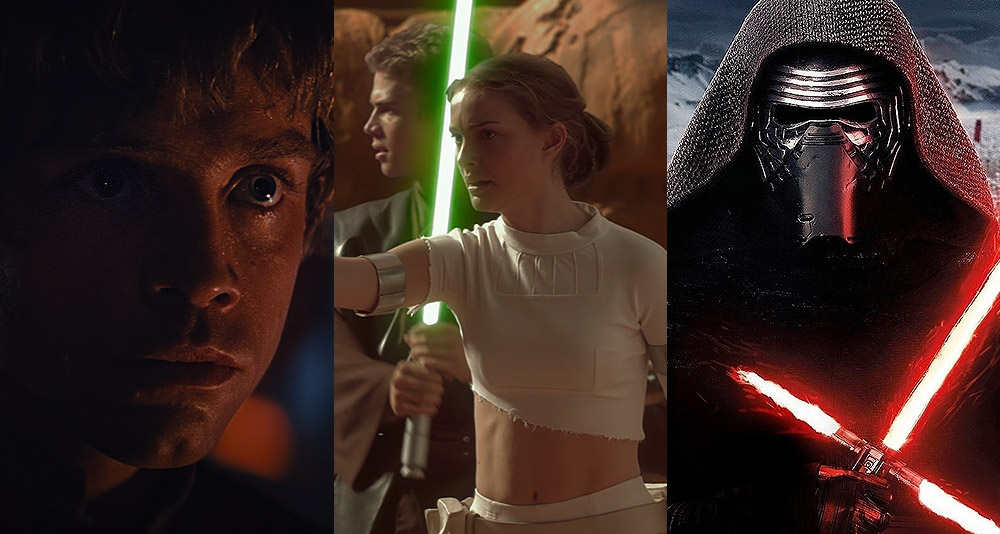
A collage of Luke Skywalker, Padmé Amidala and Anakin Skywalker, and Kylo Ren from ‘Star Wars,’ Disney+
RELATED: New Poll Finds 31% Of Americans Believe Disney Star Wars Films Are Worse Than The Originals
George Lucas practically saved Hollywood from extinction with Star Wars, a template that would allow the industry to revitalize itself in the wake of the dreadful 1970s slump. However, the much-beloved original trilogy had become such a pop culture worldwide phenomenon that Lucas simply couldn’t let the old dog lie. At the end of the 20th century, he introduced a prequel trilogy designed to shed light on how the Empire rose to power, and how Darth Vader became the machine/man that he was.
That trilogy was released to mixed critical reception due to many of Lucas’s creative decisions, but it was nothing compared to the horror show unleashed by Disney after it purchased the rights to the franchise in 2012. The company released a new trilogy under the creative (a dubious moniker) direction of J.J. Abrams, the man responsible for murdering Star Trek with a club. Next was Rian Johnson’s inconceivably awful The Last Jedi, which saw massive critical and fan backlash, followed by The Rise of Skywalker, a hastily-written piece of tripe that brought back a classic villain in utter desperation.
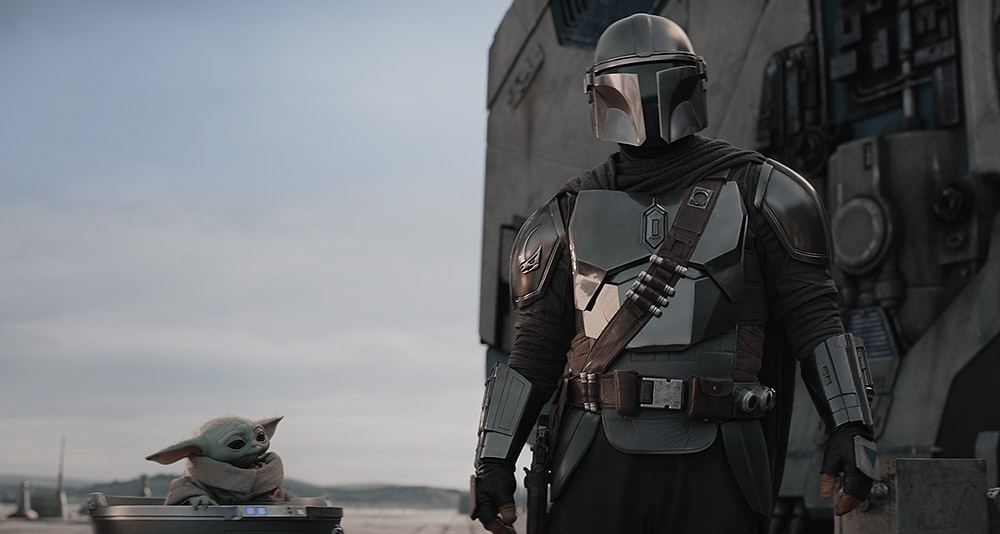
Grogu and Din Djarin in ‘The Mandalorian’ (2023), Disney+
Star Wars managed to score something of a comeback with the Mandalorian TV series on Disney+, but the wins were soon outpaced by the monumental creative failures on behalf of the Lucasfilm team. By all accounts and standards, Star Wars was untouchable. Yet, somehow the combined incompetence of Lucasfilm and Disney sans George Lucas managed to kill the most un-killable franchise in movie history.
THE MARVEL CINEMATIC UNIVERSE
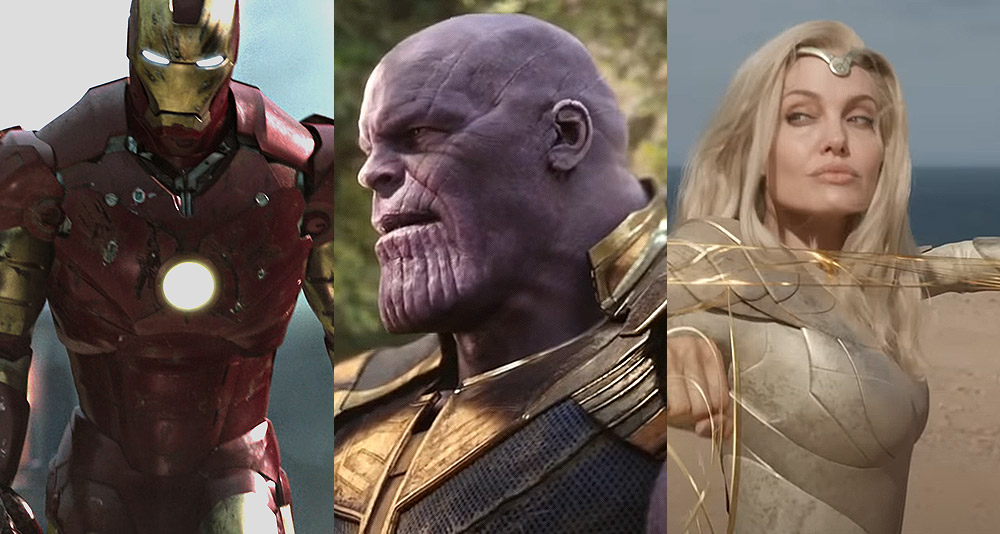
A collage of scenes from ‘Iron Man,’ ‘Avengers: Infinity War’ and ‘Eternals,’ Disney+
In the grand history of cinema, no other film franchise has managed to shoot itself in the face with a Howitzer worse than Disney’s Marvel Cinematic Universe. What started out as a badass nod to comic book fans who grew up with the original characters soon morphed into an ugly and twisted platform for relentless Woke demagogues to ram through identity politics and extreme-radical Left talking points.
In hindsight, the outcome was a predictable one. By the time Phase 3 of the franchise was in full swing, audiences were already noticing a disturbing pattern with each new film. Race and gender swapping was beginning to pick up massive steam, as was the push for radical third-wave feminist politics that culminated in a foreboding feeling that something more sinister was on the horizon.
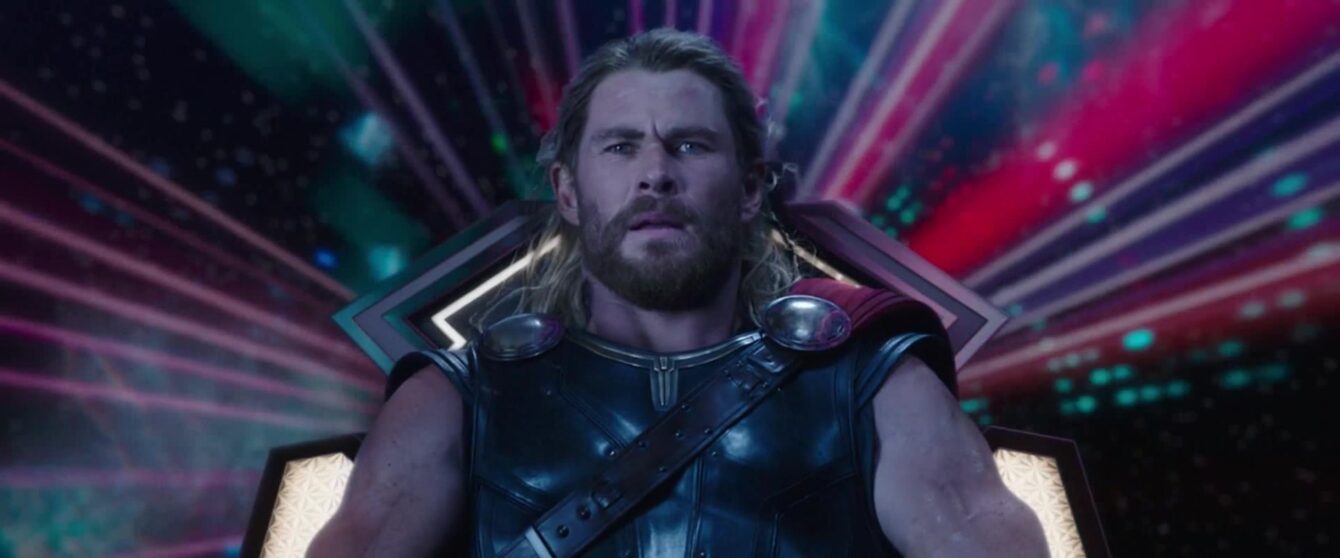
Thor (Chris Hemsworth) is welcomed to Sakaar in Thor: Ragnarok (2017), Marvel Entertainment
After Avengers: Endgame effectively wrapped up the MCU’s entire story arc, attempts were made to keep milking a dead cow. Phase Four consisted of one abominable failure after another, with radical Left-wing writers and directors using films like Shang-Chi, Black Widow, and Eternals to force artificial diversity and inclusion politics into the films, at the expense of story. By the time it was over, many fans had clocked out, leaving would-be titans like Thor: Love and Thunder and the second Black Panther film to drastically underperform.
It wasn’t any better on the TV front, with every MCU show alienating fans, and costing Disney a boat-load of cash in the process. As such, enthusiasm for future MCU projects has waned considerably, and superhero fatigue is most definitely not to blame. The effects of head honcho Kevin Feige’s disastrous leadership is obvious, and has bled downwards, creating production problems on future films like Blade and The Marvels. What was once a cinematic tentpole titan series has since become an anemic shadow of its former self, and then some.
More About:Movies

